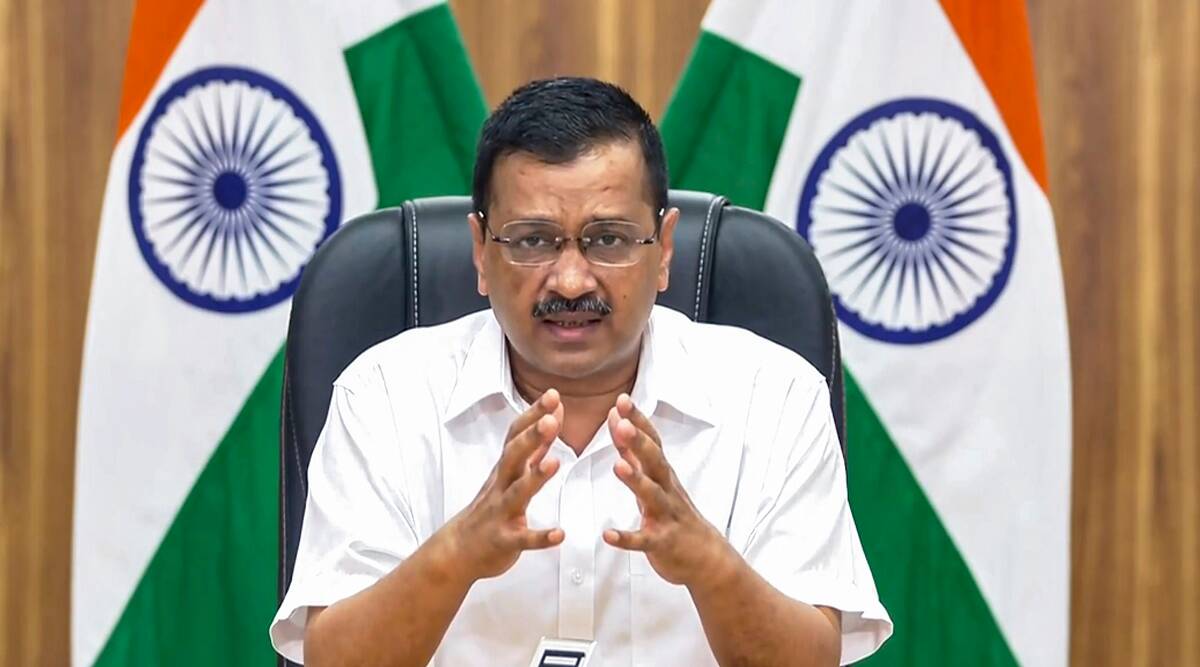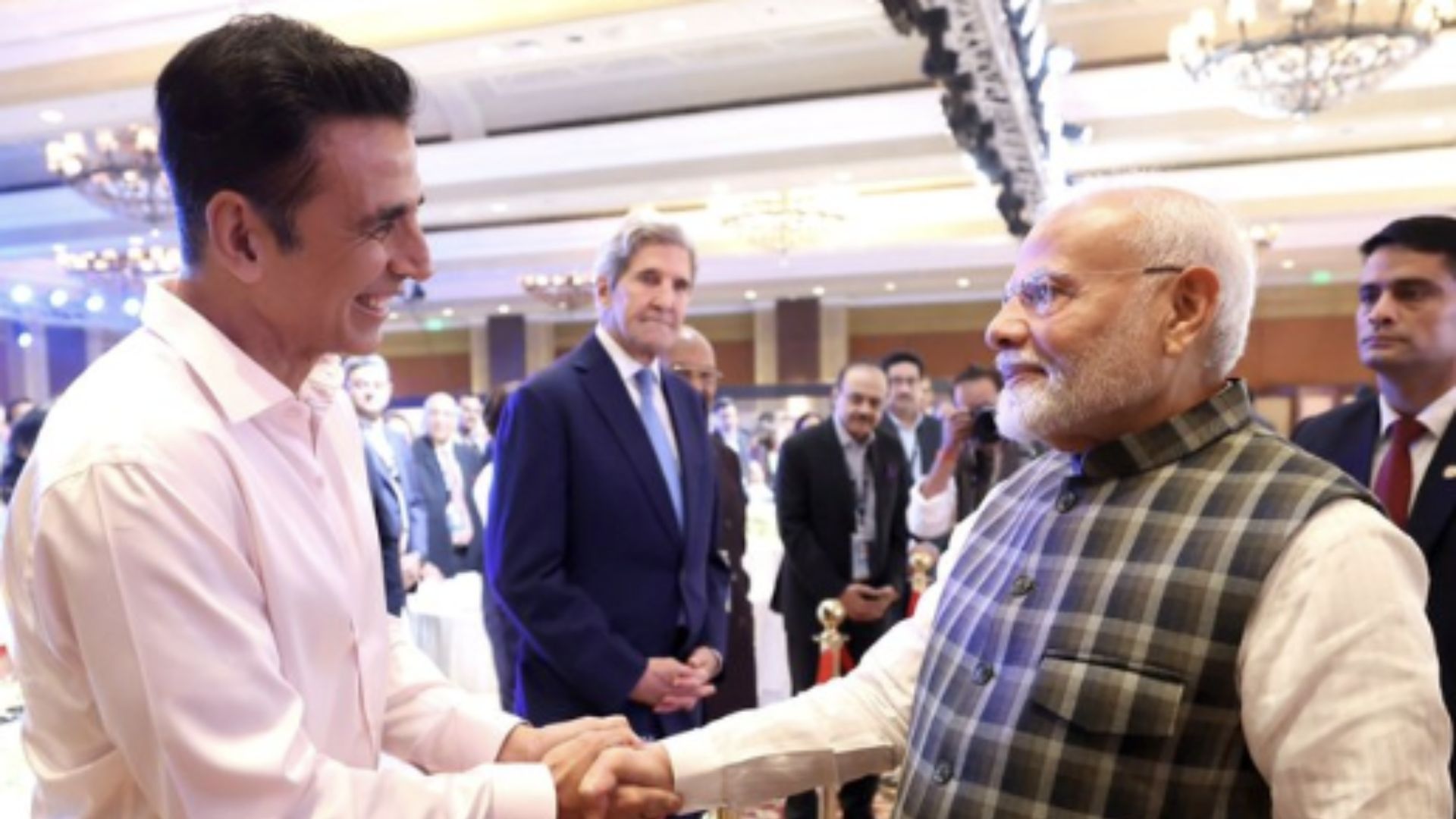
The confrontation between Delhi Chief Minister Arvind Kejriwal and the Centre appears to be unending, and the issue is likely to crop up both in the Apex Court as well as Parliament in the coming days. The Union government has issued an Ordinance which gives powers of transfers and postings of bureaucrats back to the Lt. Governor, and the move is clearly aimed at undoing the Supreme Court judgment which gave the control over certain areas to the elected dispensation in the capital. The Ordinance is also a precursor to an amendment to the Constitution that may be brought in Parliament, which would further curtail the powers of the elected government and provide overriding powers to the Centre.
Kejriwal has decided to oppose this move and has sought the assistance of Opposition parties in the Rajya Sabha, to stall any Bill which may attempt to give legitimacy to the Ordinance. In doing so, he has also tried to play his political cards since those who support him would indirectly be also endorsing what Kejriwal stands for. The Centre and the BJP have justified the move by stating that Delhi being the national capital has a special status, and thus its administration cannot be messed around with by ambitious politicians who wish to ensure that streamlined governance is denied to the people. This issue is going to become a subject of debate nationally. However, it needs to be understood that when the Centre under Vishwanath Pratap Singh decided to do away with the Metropolitan Council in 1989, the objective was to end multiplicity of authority in the national capital as well as to give Delhi an Assembly.
For this, a panel headed by Justice Sarkaria was appointed and subsequently since the retired Judge had little time, a former bureaucrat, Balakrishnan was also included. The panel ended up giving Delhi a truncated Assembly and instead of ending multiplicity of authority, it deliberately or inadvertently gave more power to the bureaucracy, both at the Assembly level as well as in the civic bodies. The first elected government under the new arrangement which entailed Constitutional amendment was headed by Madan Lal Khurana of the BJP, a very popular leader who had an exceptional rapport with the bureaucracy. He managed things very well and even those who followed him after his resignation from the position in the wake of the Hawala scandal, also maintained that kind of cordiality. Sheila Dikshit who was elected as the Chief Minister in 1998 and remained in power for 15 years, also managed to get along well with the officialdom. However, after Kejriwal came to power, he has adopted his own model of governance, which made him immensely popular with the people. His party was swept to power for the second time on its own strength with an overwhelming majority in 2020. Somewhere down the line, he and the Lt. Governor developed sharp differences, which appear to be irreconcilable.
Before the Ordinance was promulgated, land and law and order were under the Centre and the services and other matters with the elected government. This arrangement is sought to be changed now. In other words, in attempting to curtail the powers of the Delhi Chief Minister, the Union government could end up superseding the present Assembly and bringing in a new structure through legislation in Parliament. That indeed would be unfortunate since the will of the people of the city would be overruled in the process. In a functioning democracy, the bureaucracy cannot be over and above the elected representatives. In any case, the row over the Ordinance is likely to escalate and many new developments, both political or legal, could be witnessed in the coming days.













